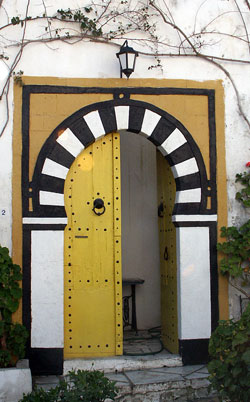n a t u r a l
The Victoria Falls or Mosi-oa-Tunya is claimed to be the largest waterfall in the world.
It is located in the Southern Africa on the Zambezi River between the countries of
Zambia and Zimbabwe. This is one of the most spectacular waterfalls in the world
and is farming the largest sheet of falling water with a width of 1,708 metres and a
height of 108 metres. It is a UNESCO World Heritage Site.
and is farming the largest sheet of falling water with a width of 1,708 metres and a
height of 108 metres. It is a UNESCO World Heritage Site.
Mosi-oa-Tunya is the original name, literally meaning "the Smoke that Thunders".
The name of Victoria Falls was given by David Livingstone, the Scottish explorer
and missionary and the first European to view the Falls in honor of his Queen.
The only land accessible in the middle of the falls now is known as "Livingstone
Island" in Zambia. David saw the Falls in 1855. He wrote, "No one can imagine
the beauty of the view from anything witnessed in England. It had never been
seen before by European eyes; but scenes so lovely must have been gazed upon
by angels in their flight."
Archaeological sites around the falls have yielded Homo habilis stone artifacts
from 3 million years ago, 50,000-year-old Middle Stone Age tools and Late
Stone Age (10,000 and 2,000 years ago) weapons, adornments and digging
tools. Iron-using Khoisan hunter-gatherers displaced these Stone Age people
and in turn were displaced by Bantu tribes such as the southern Tonga people
known as the Batoka/Tokalea, who called the falls "Shungu na mutitima". The
Matabele, later arrivals, named them "aManz' aThunqayo", and the Batswana
and Makololo ( whose language is used by the Lozi people ) call them
"Mosi-o-Tunya". All these names mean essentially "the smoke that thunders".
There are 6 gorges in the area, First Gorge, Second Gorge, Third Gorge, Fourth
Gorge, Fifth Gorge, and Songwe Gorge. There are two relatively small national
parks in the falls area. However, on the southern bank, there is the Zambezi
National Park which is extending 40km west along the Zambezi River.
Before 1905, the river was crossed above the falls at the Old Drift, by dugout
canoe or a barge towed across with a steel cable. Rhodes' vision of a Cape-Cairo
railway drove plans for the first bridge across the Zambezi and he insisted it be
built where the spray from the falls would fall on passing trains, so the site at
the Second Gorge was chosen. From 1905 the railway offered accessible travel
from as far as the Cape in the south and from 1909, as far as the Belgian Congo
in the north. In 1904 the Victoria Falls Hotel was opened to accommodate visitors
arriving on the new railway. The falls became an increasingly popular attraction
during British colonial rule of Northern Rhodesia (Zambia) and Southern Rhodesia
(Zimbabwe), with the town of Victoria Falls becoming the main tourist centre.
Nowadays, the Falls attract more than 300,000 tourists visiting annually. Unlike
the game parks, it has more Zimbabwean and Zambian visitors than international
tourists as they are accessible inexpensively to reach by bus and train. 




